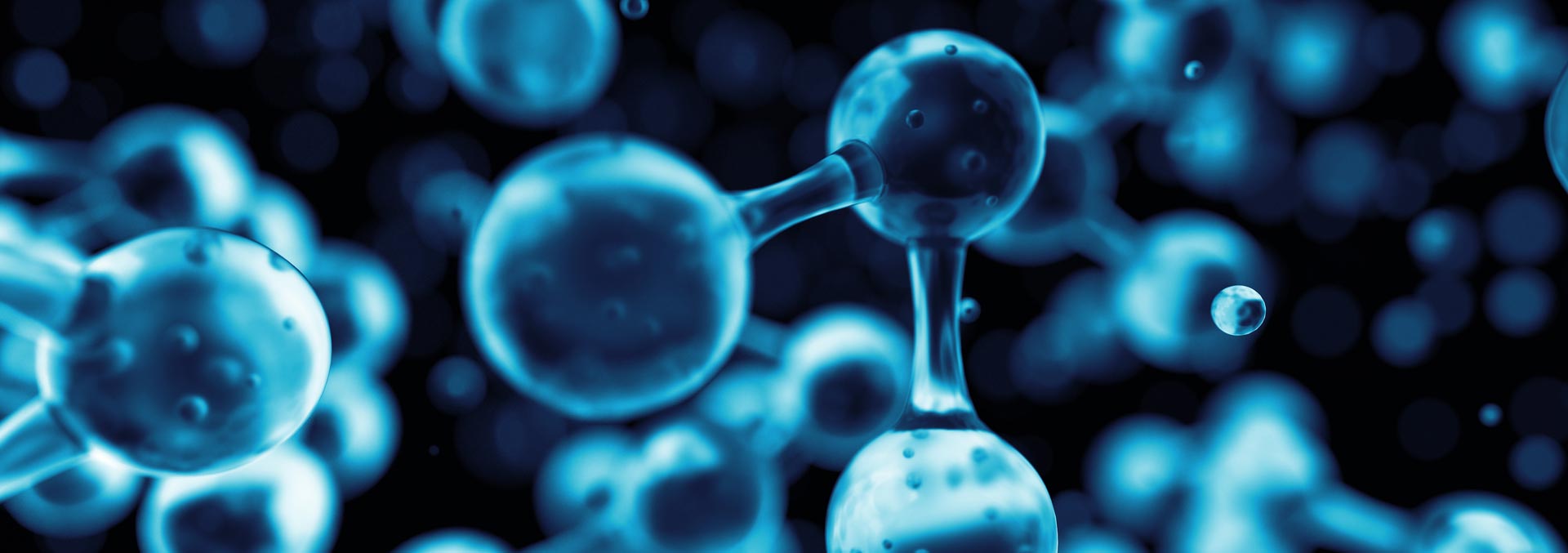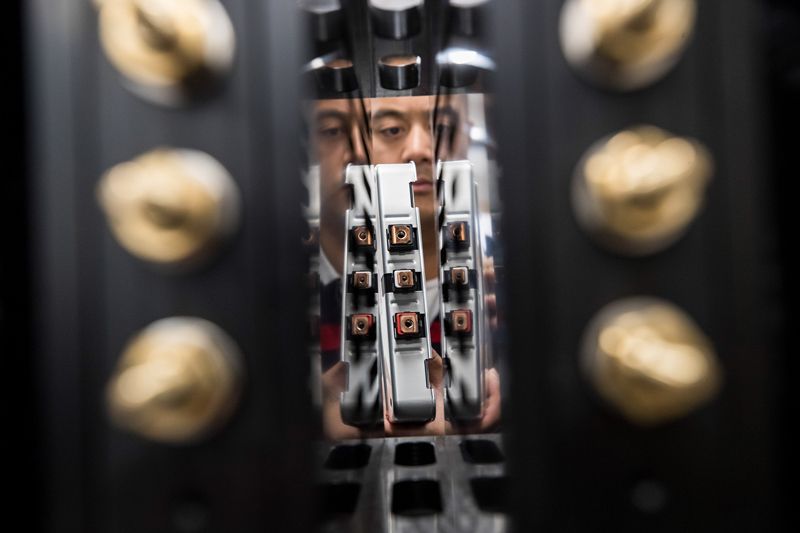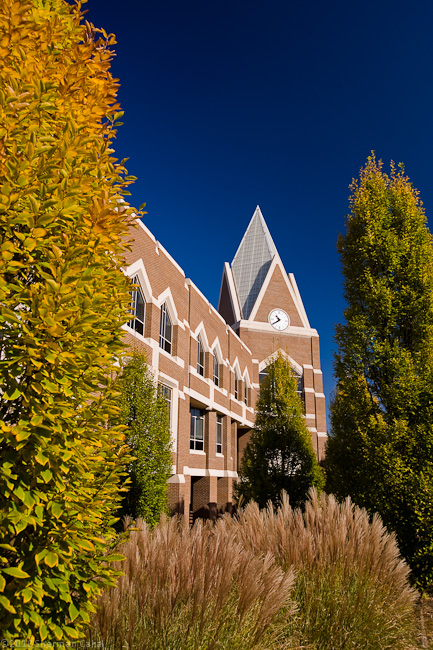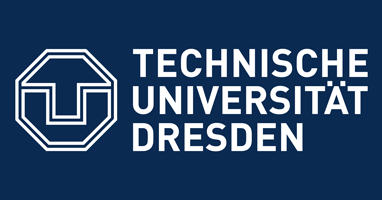
NANOTECH LAB | YUSHIN GROUP
Transforming the energy materials landscape from the nanoscale to the macro
Our research group focuses on finding nanotechnology-driven solutions to enable the next generation of lighter, more energy dense, more cost effective energy storage devices by studying their materials structure-property relationships. We have developed nano-scale synthesis strategies to bypass macro-scale limitations of energy and structural materials with applications in clean tech, electric vehicles, wearable electronics, and more.
News
Publications
Collaborators
Some of the Institutions we’ve collaborated in the past. For collaboration inquiries, contact Professor Gleb Yushin.
Contact Us
Get in touch! Send an email to Professor Yushin at yushin@gatech.edu.







